Coleman Collieries plant (part 2)…going…going…
In part two of this report on the Coleman Collieries processing plant, we discuss the loss of the historic loadout complex and what might be in store for the rest of the buildings left standing at the site. They are, supposedly, recognized as historically significant, but it appears that might not be enough to save them. Word is the rest of the buildings, some over a hundred years old, are under threat of being demolished. I hope what I’ve been told turns out to be wrong but I won’t hold my breath on this. After all, they tore down the one building already, so what’s stopping them from doing the same with the rest?
Everything there after all is privately owned, and nothing can be done to save so much as a brick should they decide to bring in the bulldozers. Anything I or anyone else could do or say in respects to that would be at best a suggestion only. The owners have no rules to follow when it comes to items of historical importance that lie within their property, that much has been confirmed. They, whoever they are, hold all the cards and I am sure have zero interest in keeping a bunch of old buildings around. To a developer, they are a hazard, and get in the way of progress which pays the bills – or so it looks to this outsider. It sounds like it’s all about the money and it cares not for history.
I’ve been told an RV park is planned for the site. Wouldn’t it make more sense to make this a historical centre for people to visit? Like the Bellevue mine complex not far away. Surely, there are other chunks of land that could accommodate the campers? With that one building gone now, this a moot point anyway – we may already be past the point of no return.
Back to the buildings at the site…we don’t know the age of them all. One has a date of 1913, but the others are not marked. Given their appearance however, it would be safe to say they all close to a century old. Some look to be in fine shape, while others are partially collapsed.
Not seen on this visit, and what was clearly the centrepiece of the whole complex, was the loadout. I’ve included a picture showing it in better days (fall 2012). The big blue building where the coal was cleaned, sorted by size, and loaded onto trains, was unceremoniously demolished in the summer of 2013. I’ve been told they were worried about asbestos in the complex and that may even be true. I can’t help but think that was only an excuse of sorts and who ever owns the site simply wanted it all gone so they can proceed with what ever development they have in mind.
The building that was torn down was the newest at the site and was constructed I am told in the late 1960s (I have seen a picture from 1969 showing it). It was significant as it was the very last coal complex in the Pass – the last operating coal processing plant, being feed by the last operating coal mines – when they were done, it ended. Where the was once dozens of coal companies in the area, there are now none. Before it all ended however, we had the Coleman Collieries plant, the subject of this report.
We visited the site on a gloomy day – appropriate since we felt a little sombre anyway knowing that what we see here may be gone soon (and I pray it won’t). Earlier we had looked at the coal storage area on the ridge to the south, the remains of the “International” coal mine at their base, and also in the area, we explored what I believe was an old electrical substation.
To get a good overall view of the site I climb a slack pile (slack – fine coal sometimes mixed with rock and debris that is considered junk). From here I could see where the processing plant was – now a log sorting area – along with a group of out buildings. Further away is a row of coke ovens, a locomotive left behind when the plant was abandoned, and the site of the coal car storage yard. I quickly turn away from the former loadout site, It bothers me too much to look at it.
Making our way to the extant buildings, we first look at the machine shop. We know this as someone had placed a sign on it – presumably I hope, they are right in respects to that. On one wall, the date 1913 can be seen. Of all the buildings this one appears to be in the best shape. It is made of concrete which is pretty indestructible. This building, along with some others, have a cupola (a small-ish raised section of the roof) which was typically used for ventilation in the old days.
The next building is also made of concrete but the roof is badly deteriorated. It, like most of the structures we’ll explore this day, was empty. Or at least for most part, a few had old chain hoists in place.
The building across the way houses an office and surprisingly it still contained some furniture and records. I managed to squeeze in through a broken door to look things over. Vandals had yet to really make a mess here and for the most part papers were neatly stacked in boxes and drawers. Some chemicals were found in one cupboard and a chalkboard still had instructions scrawled on it. An ancient Dictaphone machine was found, compete with an intact tape. I would have loved to hear what was on it.
There was too little time to look through all the papers but a quick scan showed most were mundane test results and reports on day to day operations and the like. I did manage to find one that was particularly interesting – a proposal for a coal train loader at the Tent Mountain Mine. Located some 20kms from the Coleman Collieries complex, it was one of two mines that in the last few decades fed the plant. The output from this mine was trucked to Coleman which was both inefficient and expensive
The report recommends that a new high efficiency conveyor fed loadout be built closer to Tent Mountain. It would save money in the long term and would also assure the mine a longer life. It closed in the 1980s but had the proposal been followed it was suggested that it could have operated well into the 1990s. What could have been!
The Vicary was by the way the other major mine that supplied coal to the Coleman Collieries complex in later years. A combination underground and surface mine it operated from the late 1950s to the late 1970s (the Racehorse Mine nearby also supplied coal sporadically in the ’60s and ’70s). Output from these was also trucked into the plant here. Coal at one time also came from the International Mine, located just south of the plant. That underground operation dates from the early part of the twentieth century and closed in the 1950s.
Attached to the office was a concrete building but I could not see inside it. Beside was a metal quonset type structure with some large doors – storage or a repair bay for wheeled equipment maybe? These two, and the machine shop were locked up tight.
Next up are a cluster of connected buildings, which are in the roughest shape. We don’t know much about them. They are made of local rock for the most part although it appears brick and concrete repairs were made to them at some point. On the largest building, the west end of the roof has collapsed completely. The walls seem solid however. Found near here was a wood staved pipe. Interesting!
North of the buildings are some coke ovens, one small row made mostly of stones, and another, much longer, made of more traditional brick. These date from the early 1900s and were rebuilt at least once in the ensuing years. They were closed down in the early 1950s. An old no trespassing sign here shows the site owner as Chinook Coals Ltd. This successor company to Coleman Collieries held the property and some of the coal leases in the latter part of the 1980s in hopes they could restart mining. That never happened however, although a few test pits were dug in the hills south of the plant.
Coal was superheated in these ovens which concentrated the carbon making for a hotter burning product, aka coke, used by steel mills and smelters and the like. They row is enclosed by a fence and seems to be “more protected” then the rest of the site.
A processing plant has sat at this location since the early 1900s. At that time, the operation was owned by International Coal and Coke. That company, along with some others (McGillivary Creek Coal and Coke, and Hillcrest-Mohwak Collieries) all merged in the early 1950s forming Coleman Collieries.
Seen near the coke ovens is what we affectionately call the little yellow locomotive, which worked at this site from the early 1950s until it early 1980s, when the plant closed. Left to rot in the engine house, when that building was torn down (due to asbestos), it was shoved down the tracks to its current position. It has been donated to the local museum however up to now no attempts have been made to move it to their site (in fact, only a few blocks away). It’s like they don’t want it. At some point, someone tried draping the engine in tarps, but these have since been shredded to bits by the often gale force winds that blow through the Pass.
Notice how small the engine looks when compared to the coal cars on the track in behind, which by the way are old and likely waiting to be scrapped.
Paralleling the coke ovens is the location of the old rail yard. It was here where empty coal cars waited to be loaded, and where full ones were assembles into trains. Most of the output here headed to the west coast for eventual shipping to Japan.
With all the bits of concrete and steel lying about and other hazards, this is clearly a dangerous place and care should be taken if one is to visit it (assuming it’s even around then). The site is surrounded by a fence and is marked off limits, and any other times we’ve visited it, was locked up tight like a jail. Now however it appears the gates are always left open.
One thing we noticed exploring the site, there was not much in the way of vandalism. There was some smashed windows and some minor tagging and such but that was it, Now that access is easier and if it remains so, perhaps that will change though.
If this report comes out sounding like a eulogy before the fact, I apologize. This feeling, which I can’t shake, has me convinced that the next time I visit the site, it may be gone. I hope I am wrong. Maybe it can be saved, but nothing I found while researching this article convinces me that it will happen. Some people, few in number, are begging for the site to be saved. Those who have the power (various levels of government) seem to be sitting on their hands. This means those who have the money will eventually win. I almost dread returning.
Seen behind the plant is the old town section of downtown Coleman. In the distance the distinctive shape of Crowsnest Mountain can be seen, except for today when it shrouded by clouds. Some think it looks like a volcano, but it isn’t.
To see part one of this report, go here…
Coleman Collieries plant (part 1)…going…going….
To see an earlier article we did on the complex, follow this link…
Coleman Collieries plant and mine.
If you liked this report, you might want to check out these out as well…
Crowsnest Lake cave.
Loading coal in Coleman.
A little more Lille and a flat car.
If you’d like to know more about what you’ve seen here, by all means contact us!
Date: December 31st, 2013.
Location: Coleman, AB.
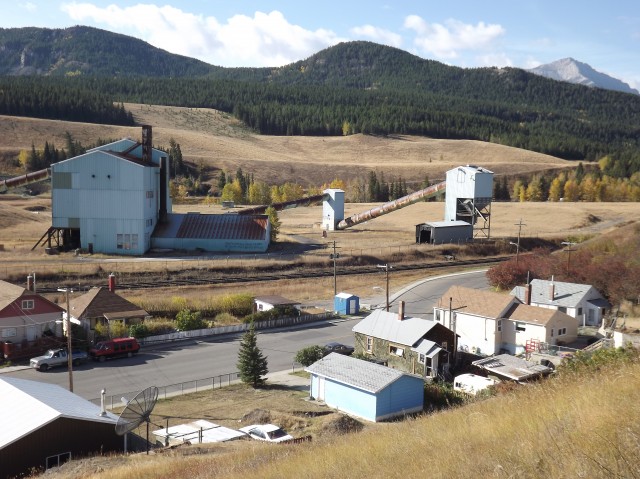
This portion of the Coleman Collieries plant was demolished in 2013 (pic from 2012).
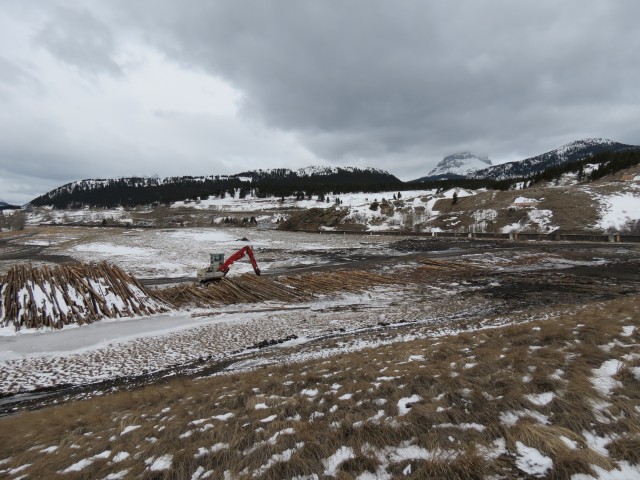
This is where the the blue buildings, seen in the image above, were located.
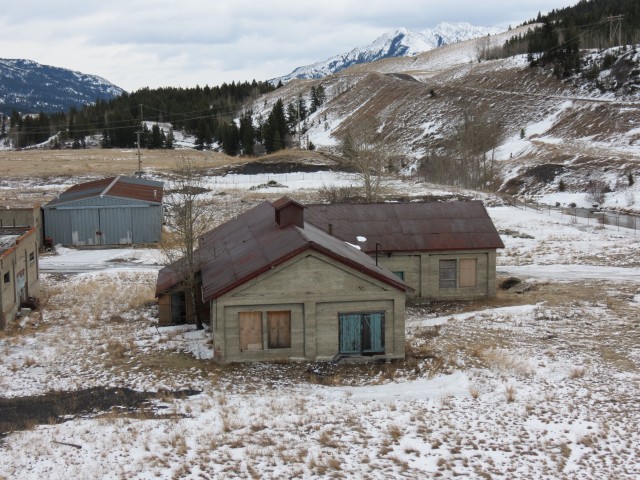
The view of the machine shop from a slack pile.
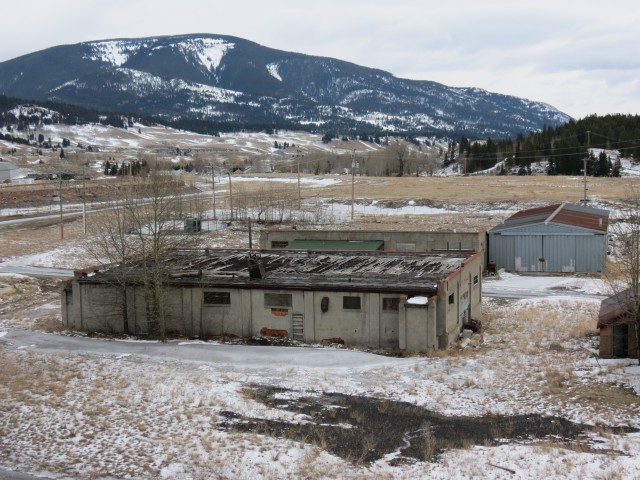
Panning left, more buildings come into view.
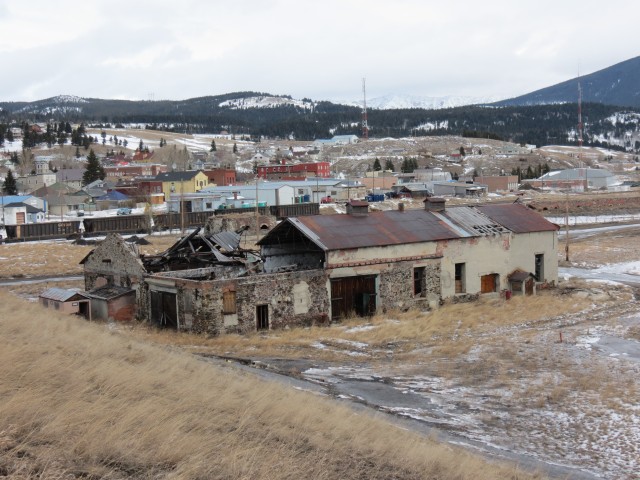
Downtown Coleman can be seen in back.
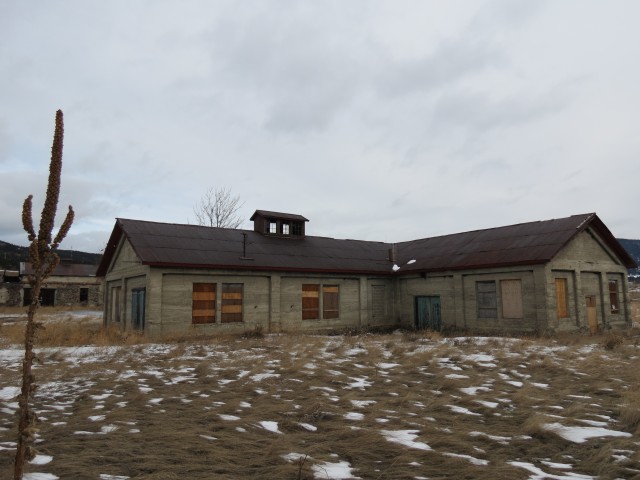
Some building are made of concrete and are in overall good shape.
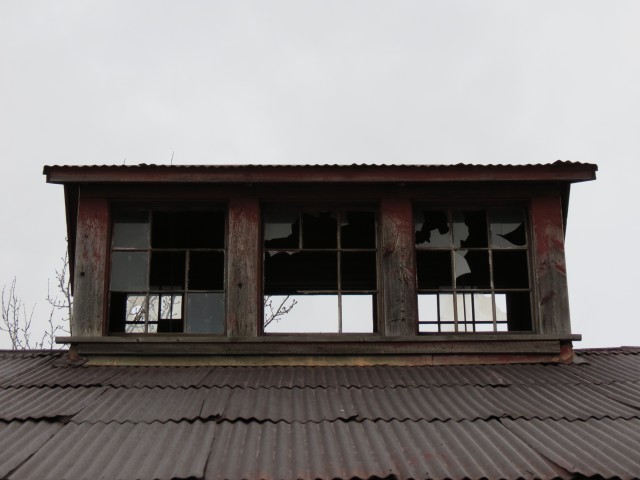
A cupola, typically used for ventilation.
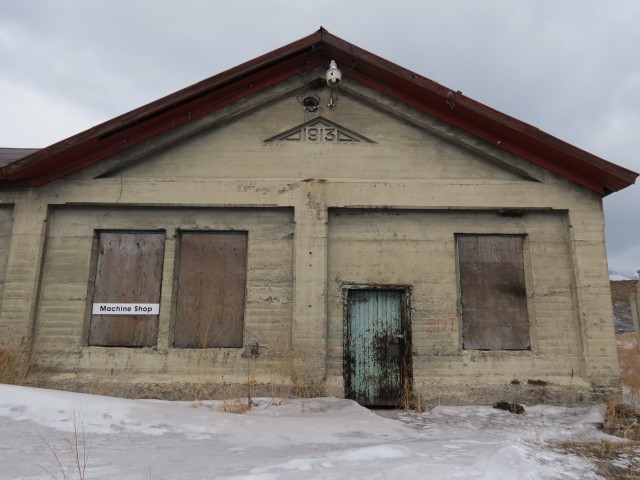
The century old machine shop.
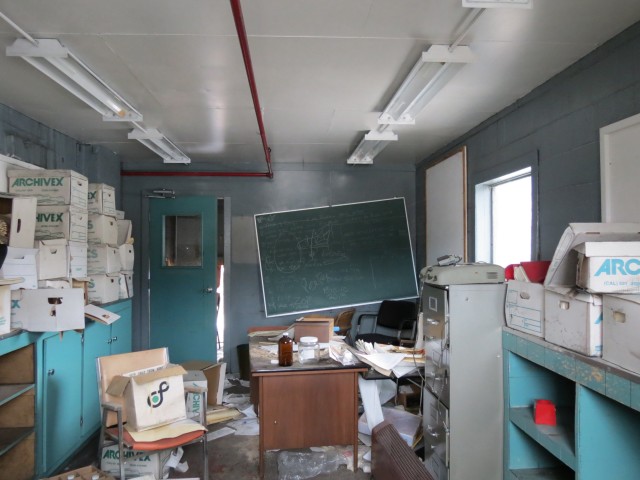
I was able to sneak in through a broken door and found this office full of records.
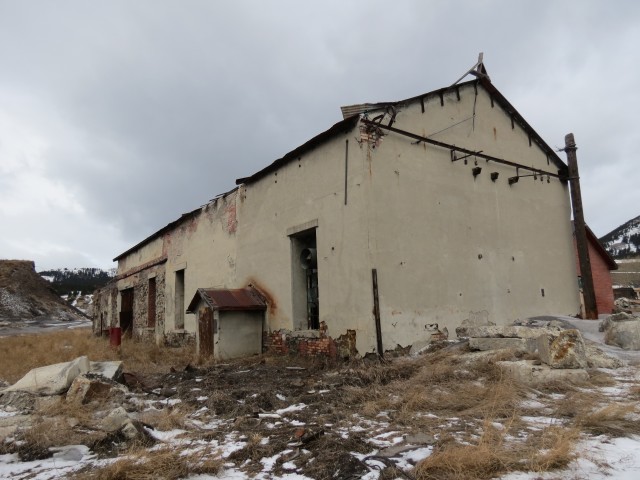
The roof on this building is collapsing on the far end.
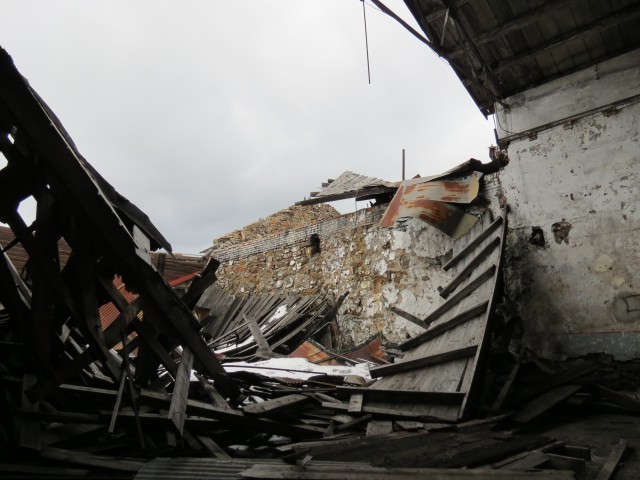
It’s succumbing to time and the elements.
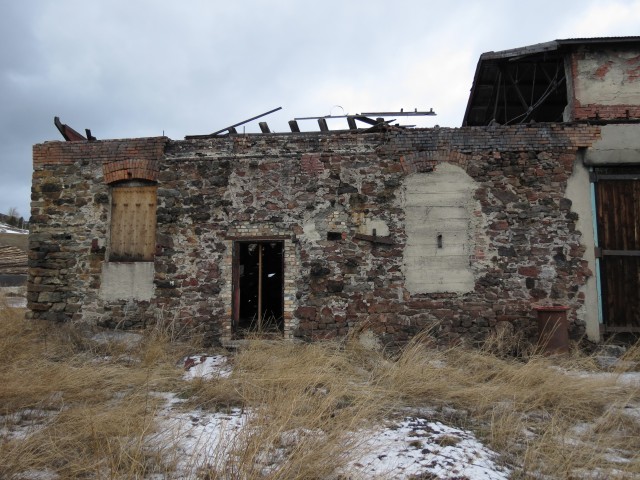
The roof…well…but the walls look solid.
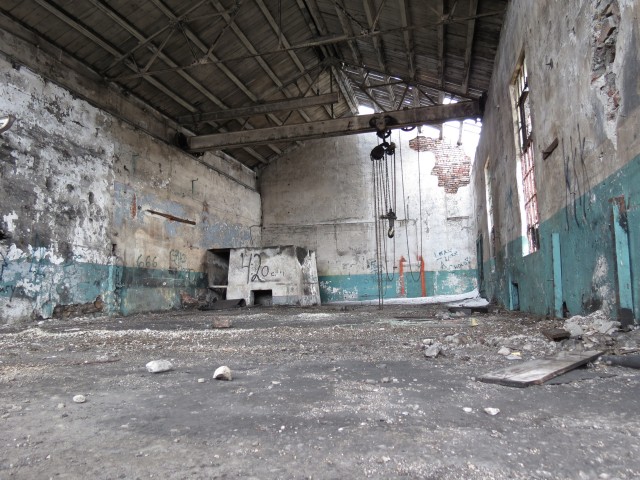
A chain and hoist left behind.
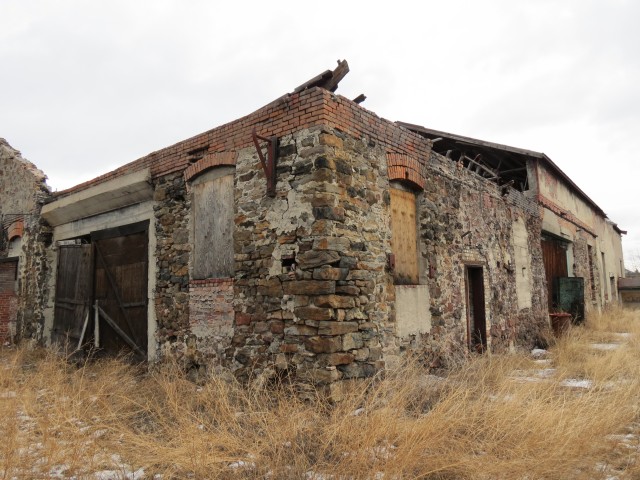
The Coleman Collieries plant is recognized historic site, but is that enough to save it?
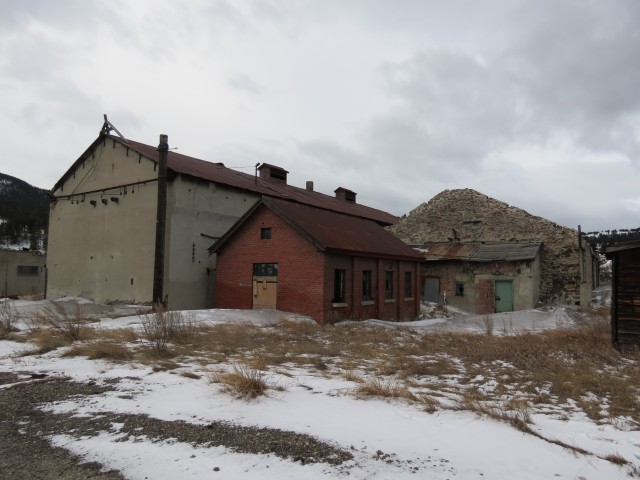
Based on what we’ve been told, the whole complex is under threat of demolition.
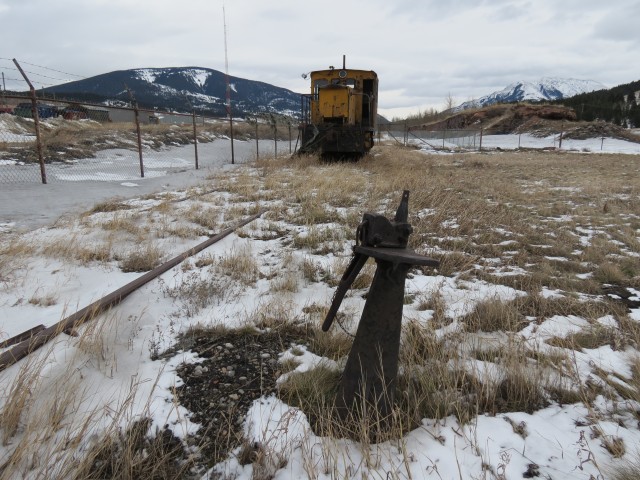
This little locomotive was left behind when the plant closed in the 1980s.
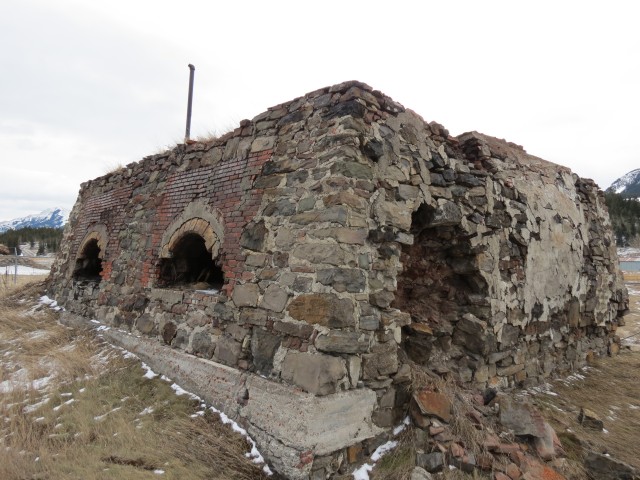
Most coke ovens are made entirely from brick, but this one is constructed from rock too.
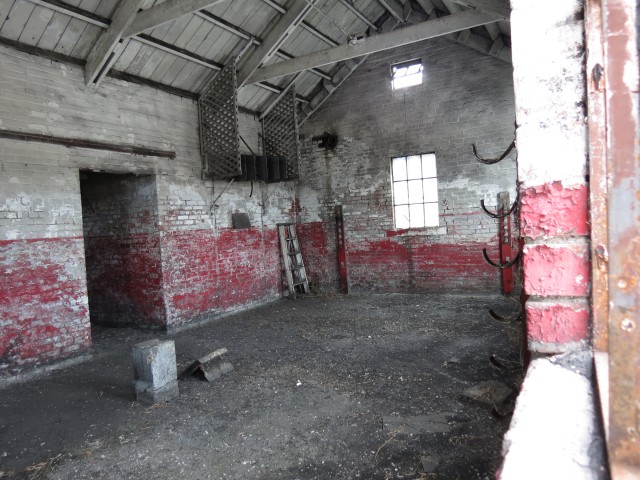
Another empty interior…
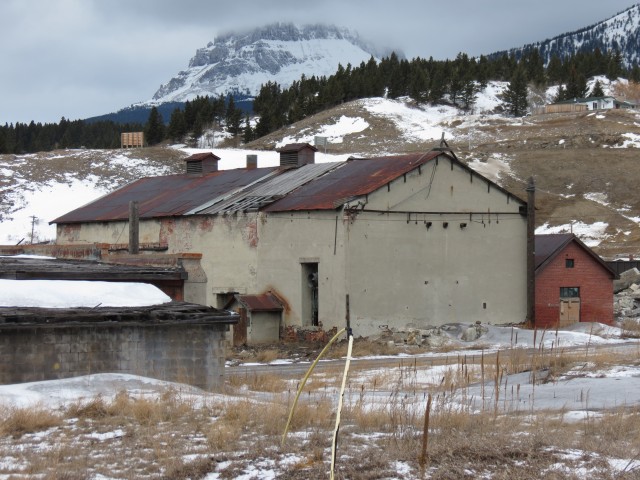
Crowsnest Mountain, in behind, is shrouded in clouds.
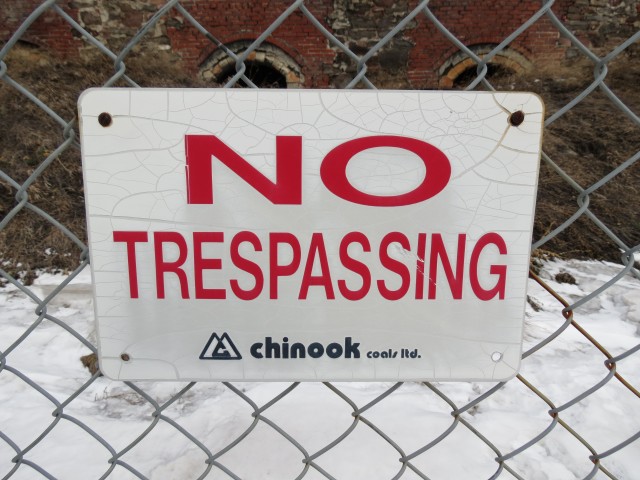
Chinook Coals was at one time the plant’s owner.
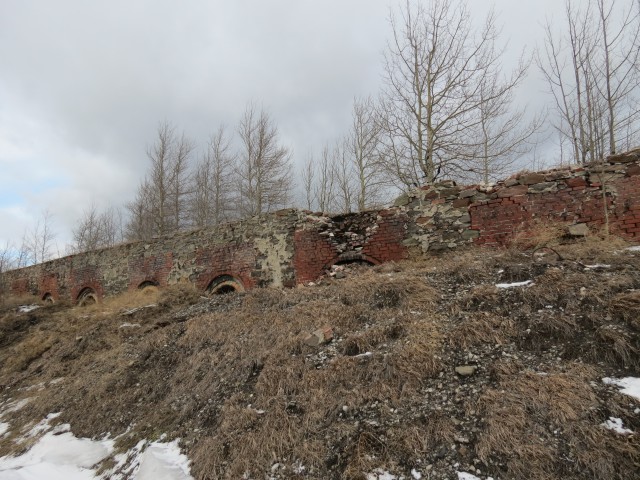
These coke ovens date from the early 1900s.
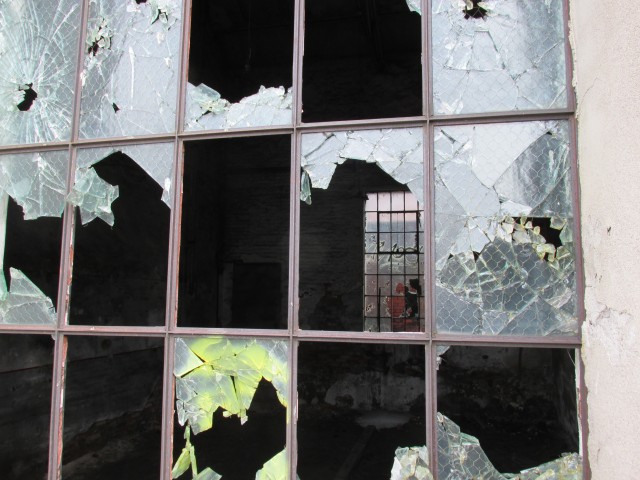
Peering in…
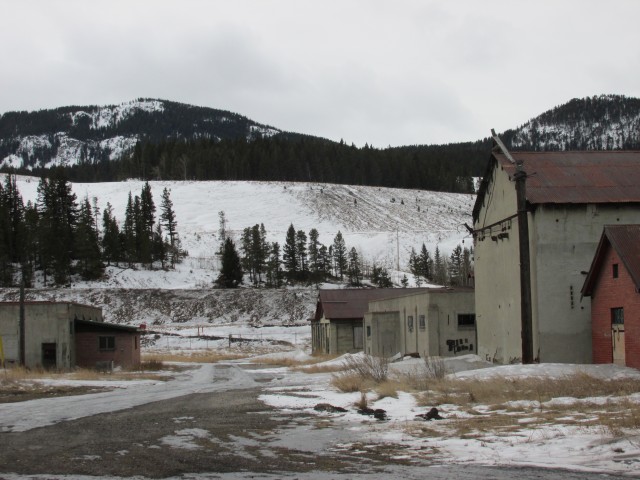
Now that some of the plant has been demolished, only these buildings and the coke ovens remain.
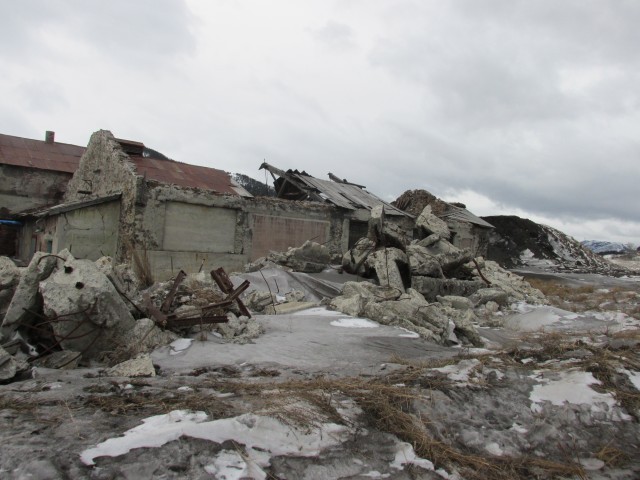
Lost of broken concrete and steel bits make this a dangerous site.
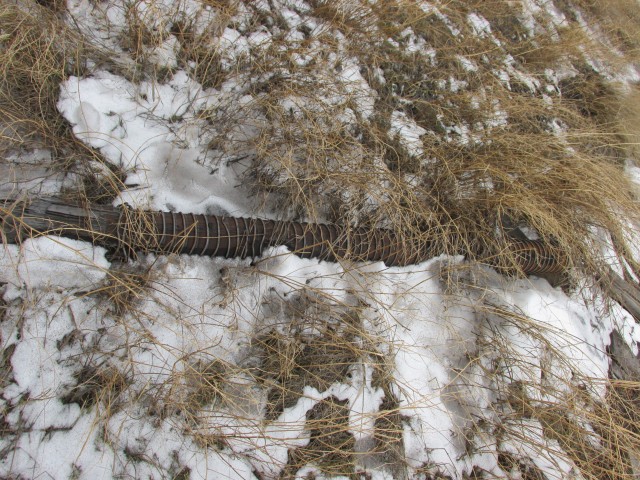
An old wood stave pipe.
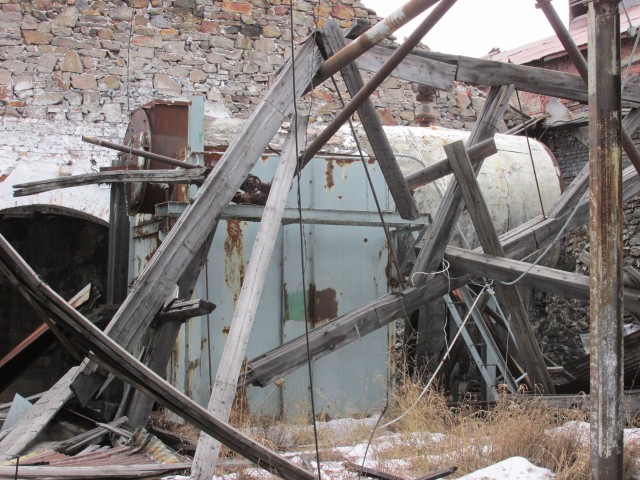
More debris…
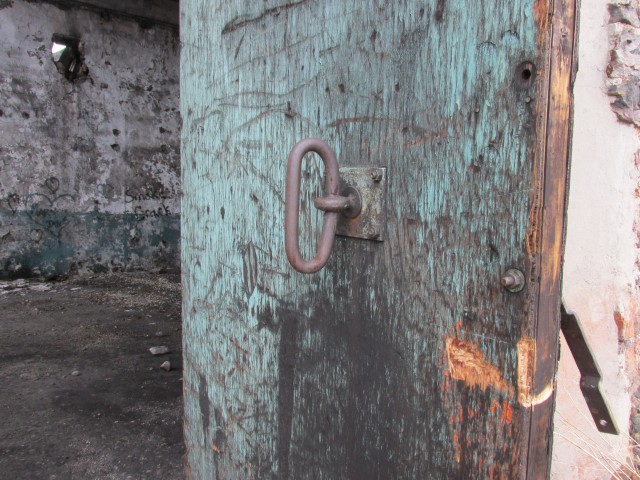
Come on in!
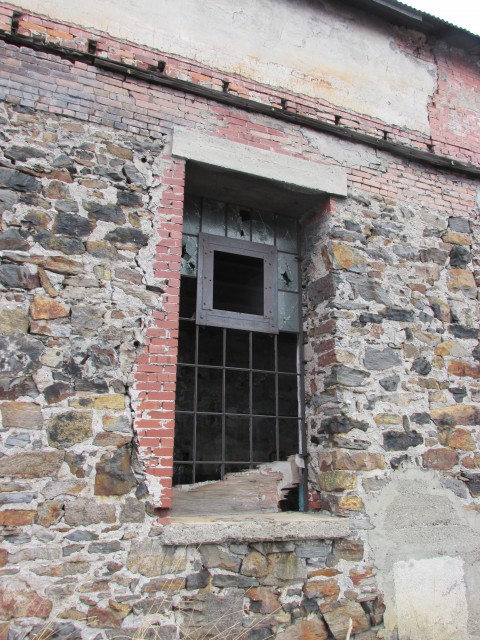
A number of buildings here were constructed from local rock.
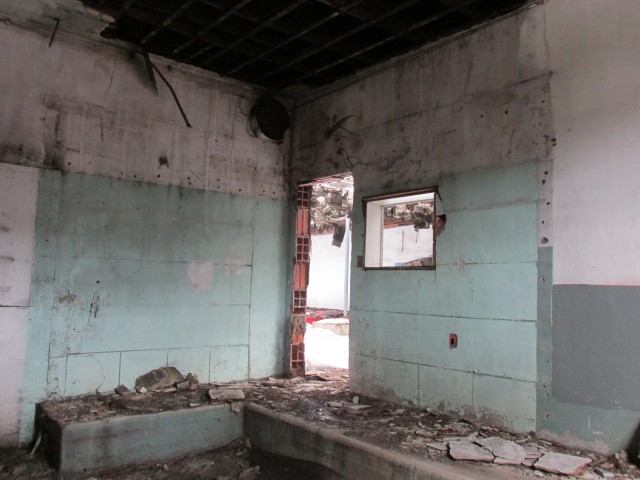
Empty and forgotten…
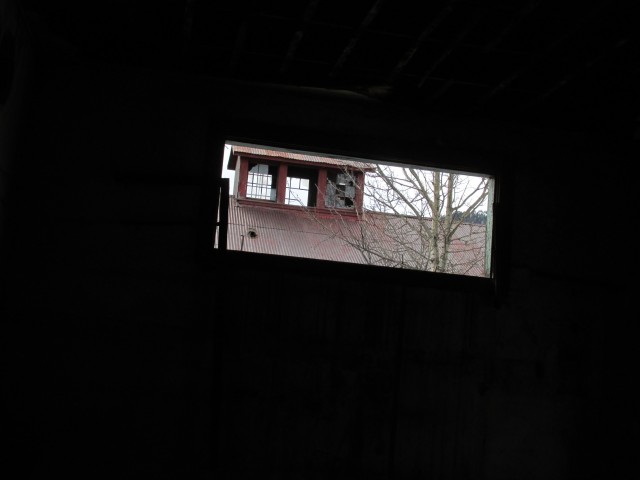
Looking out from the darkness.
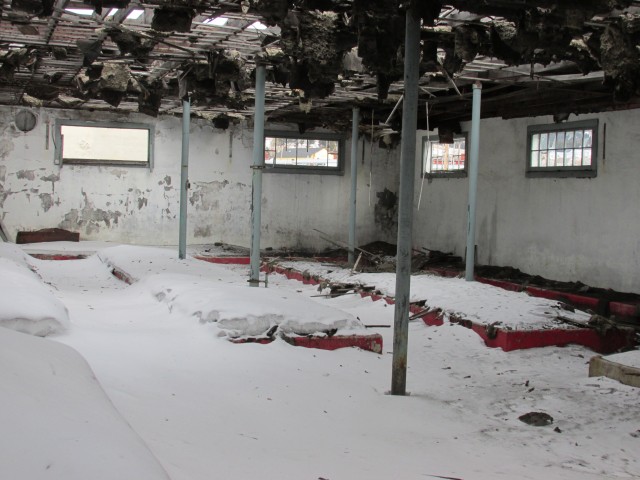
This building’s roof is open to the elements.
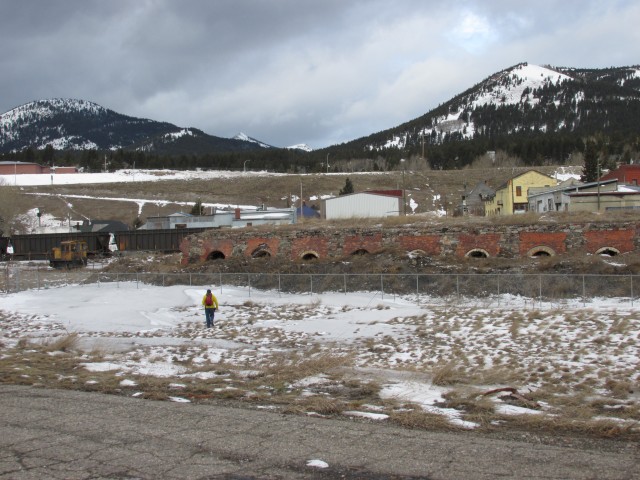
Connie watches as I explore.
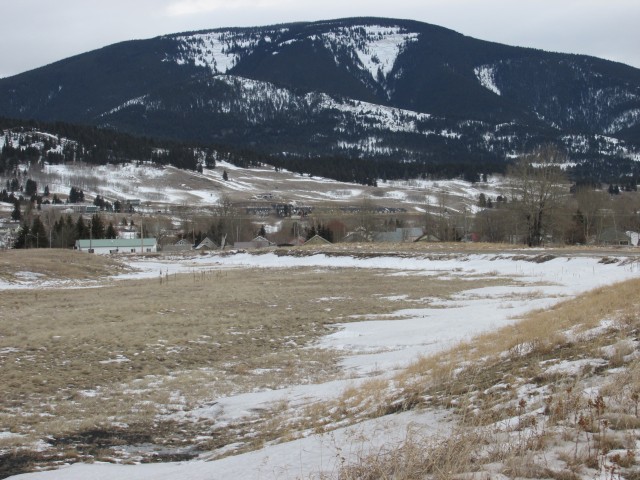
This flat area was once a rail yard.

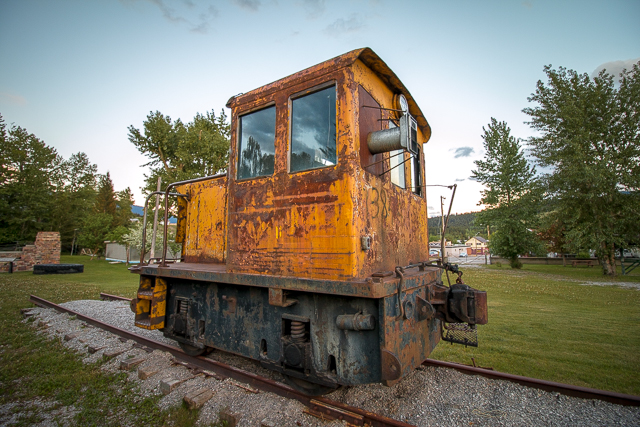
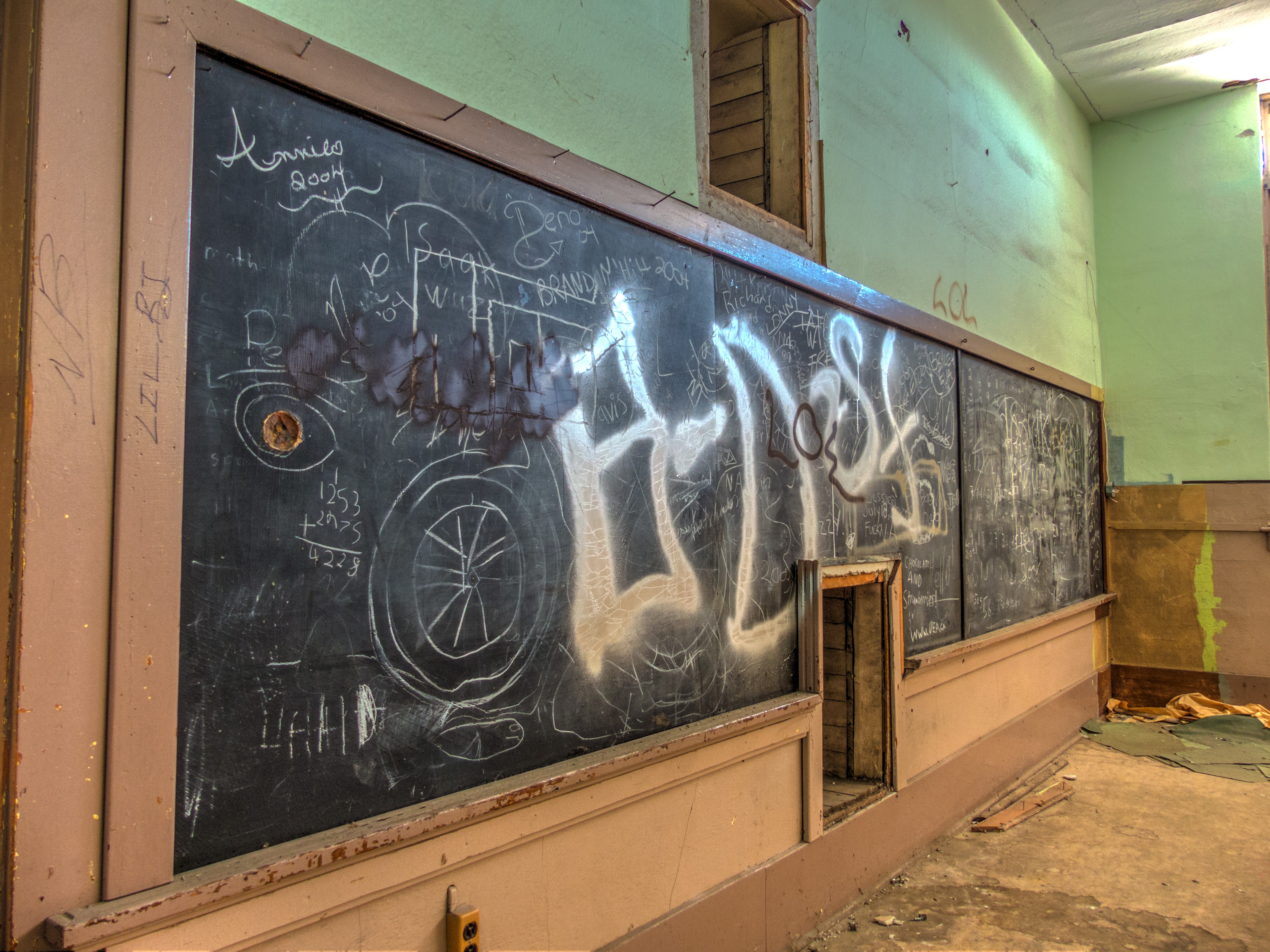
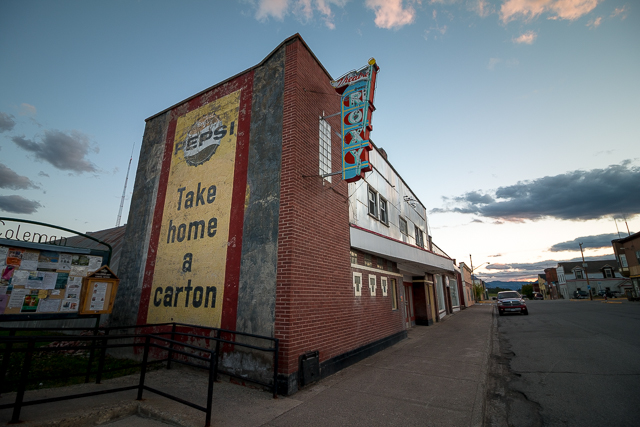
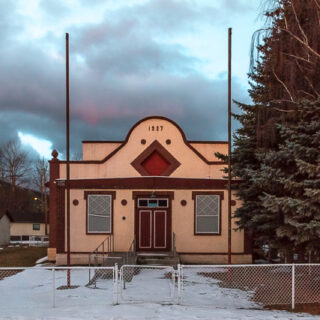
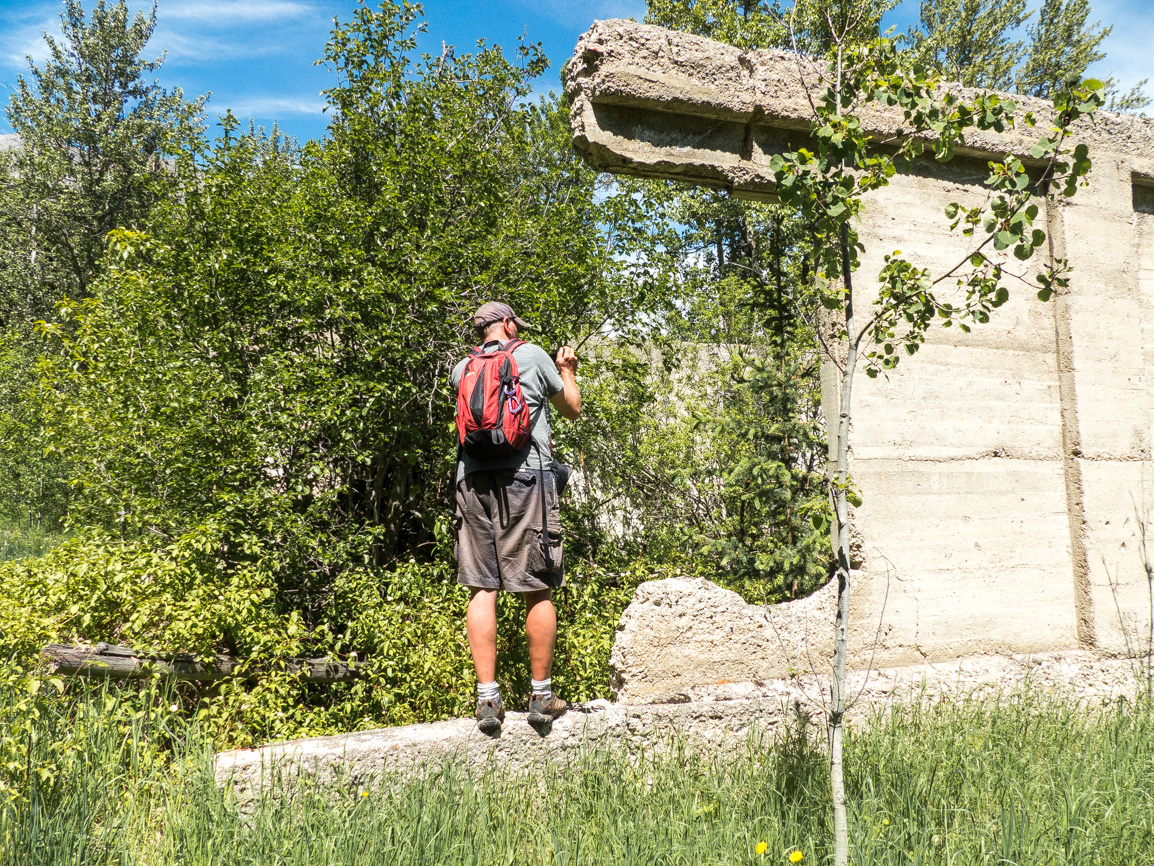
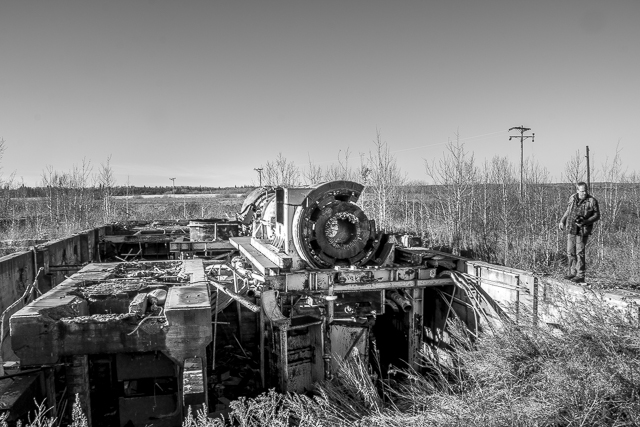
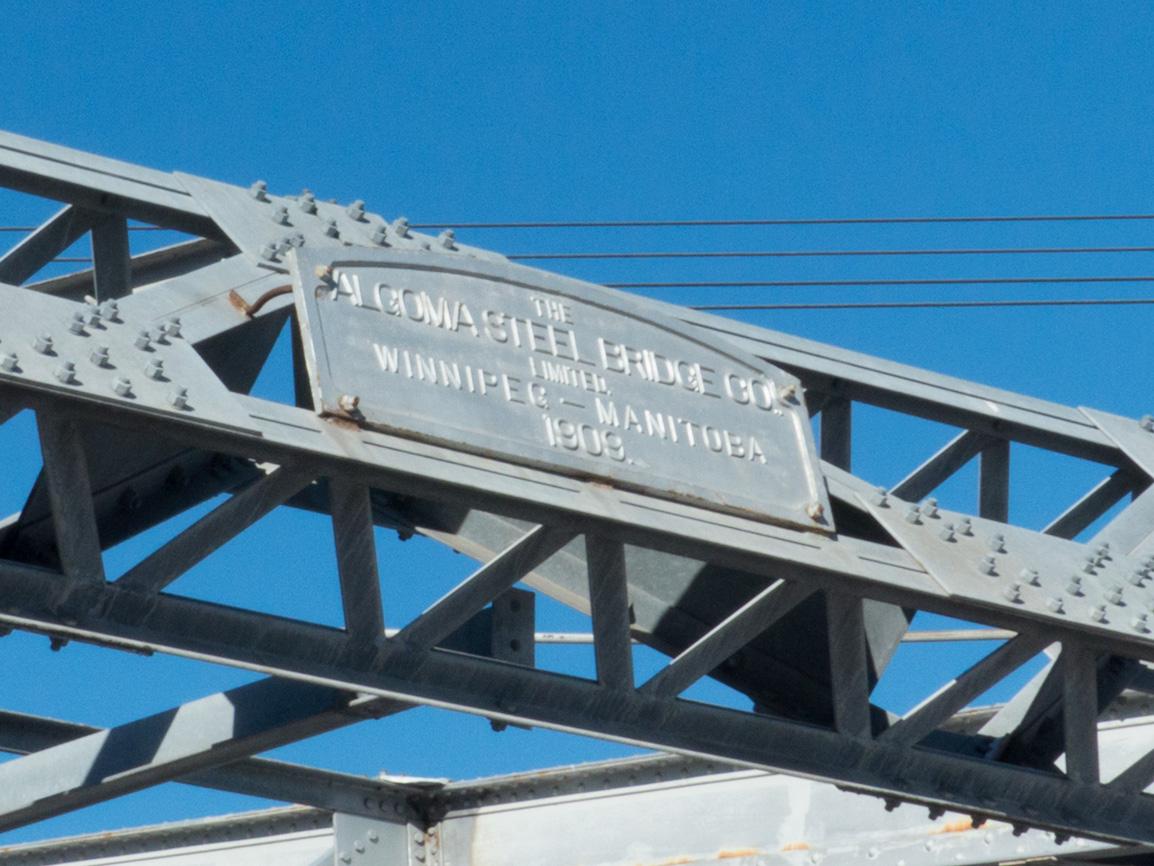
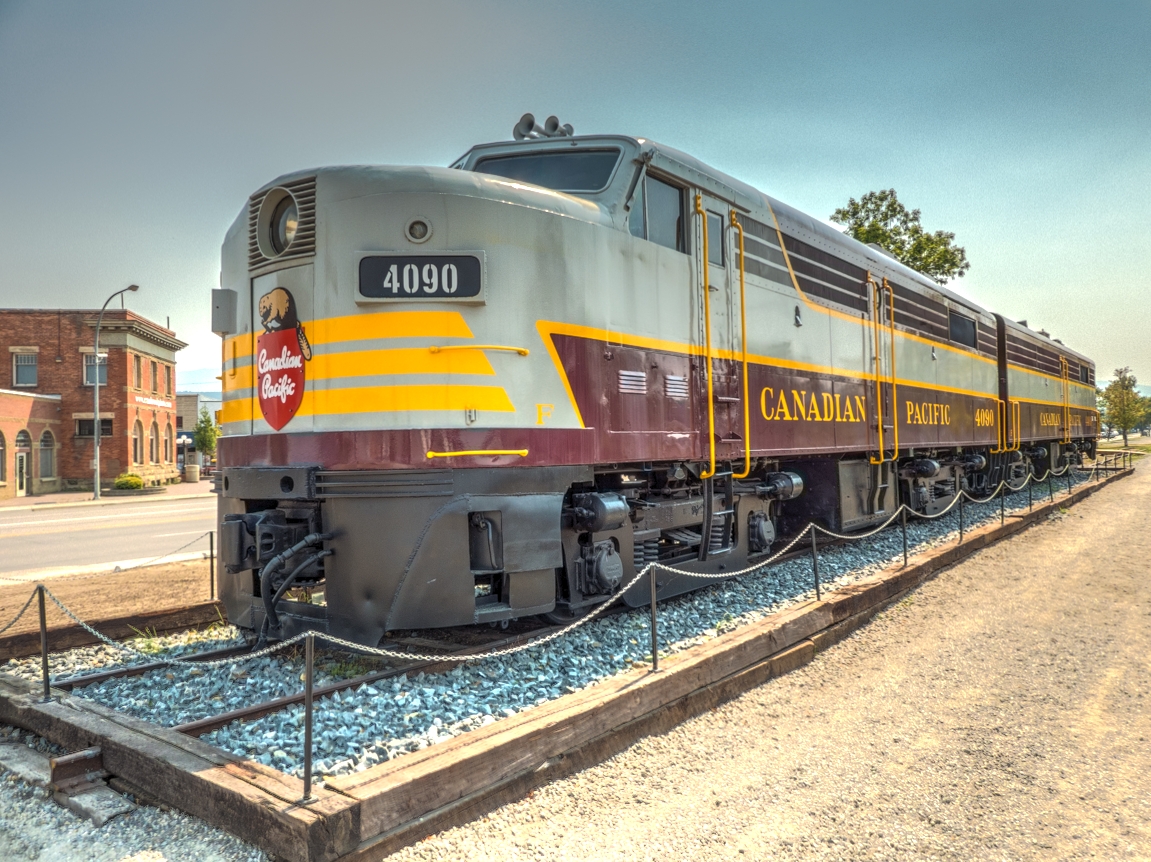
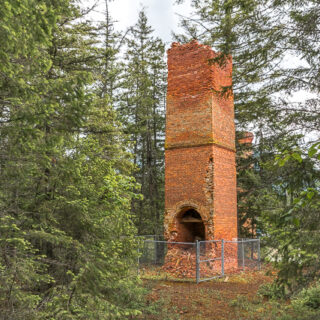
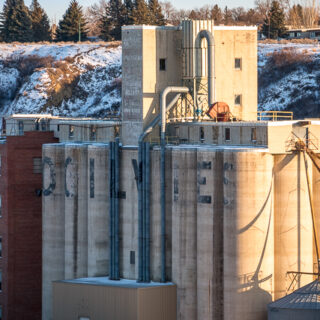
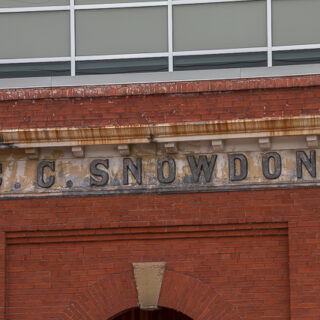
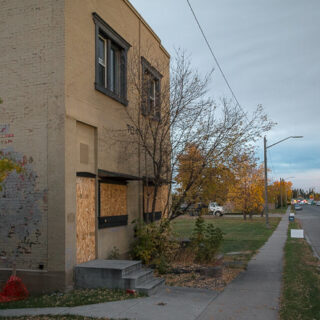







I’ve always wondered what those coke ovens were, my brother lives there and we see them all the time. Thanks for the history lesson, I’ll have to explore more thoroughly next time i’m in the area!
You are most welcome. I’ve seen photos of the ovens in use, at night all lit up with huge plumes of smoke coming from them. Such a surreal image. There’s so much to explore in The Pass – it’s a favourite haunt.
Do you know if this site has been demolished? Sad if it has been. I photographed it (in 2014, not so lucky in 2012) after finding the gates open. I didn’t realize you’d responded to a previous comment I left a couple of years ago (Green Hill Mine) so I’ve signed up and left my email for notifications. Love your blog! Here’s a photo from Coleman 2014 http://tinyurl.com/y79nuob7
So nice to hear from you. It’s all still standing. For now anyway. But the place is unloved and I wonder how long it’ll be with us. Nice photo!
Seeing all these photos of the old buildings and the coke ovens has brought me back to when I was a kid. The coke ovens you could say were my playground, my back yard. You walk out the back door and they were right there.
The Morris Block building was once my home and the big Yellow building across the street was also home for a time. We called it the Italian Hall back then. 1981 to 1983
Oh now that’s cool! What a playground indeed. Yes, we’re familiar with both those buildings mentioned.
I’ve always wanted to poke my head down there, but I’m too much of a wuss to break in. So it’s open now?
Well, the gates were open…
That was awesome.. thanks. Very eerie.
You are very welcome!
Aha, no one cares, and with that so many historic sites will fall.
Some people care…
As always, I enjoy your photos and articles.
I had not been down that way since the 80’s.
The buildings were in bad shape back then, leaving them to the tough Mountain Elements for all this time
Made it a liability to even take a peek at them.
Something should of been done years ago to preserve a little bit of Our Alberta history.
A solid brick building would of had a chance to have been restored. I would of thought, but it needed to of have been years ago.
With so many of our old historic buildings been made of wood, most of them have disappeared long ago,
It’s even hard to find photos of them now.
Keep up the great work.
You are dead right, things should have been done a long time ago. Sad, so many old buildings are either totally neglected or are simply torn down.
I found a picture online showing how the coke ovens looked at night. Wow! Every coal mine in the UK had their own shunting locie like that yellow one.
I’ve seen pictures like that too. It’s like they glowed! Thanks for posting!
It’s sad how no one seems to care. I don’t mean you or any that have fought to save the historic site, but rather the government, some level of which could do something about it. In the UK where I live, important historic sites can not be touched, even if on private land.
I know, the whole thing is just so sad. Thanks for posting.
I was in Coleman this past August and remember seeing a bunch of work being done with large diggers nearby downtown… I’ll assume what I saw was the demolition of the building you refer to… Downtown Coleman was certainly a rather depressing place, although rather photogenic, quite sad to see that way actually, as if time has passed it by…
Those machines may have been the ones ripping Coleman Collieries apart. I love downtown Coleman, it seems so forgotten.
Sad!